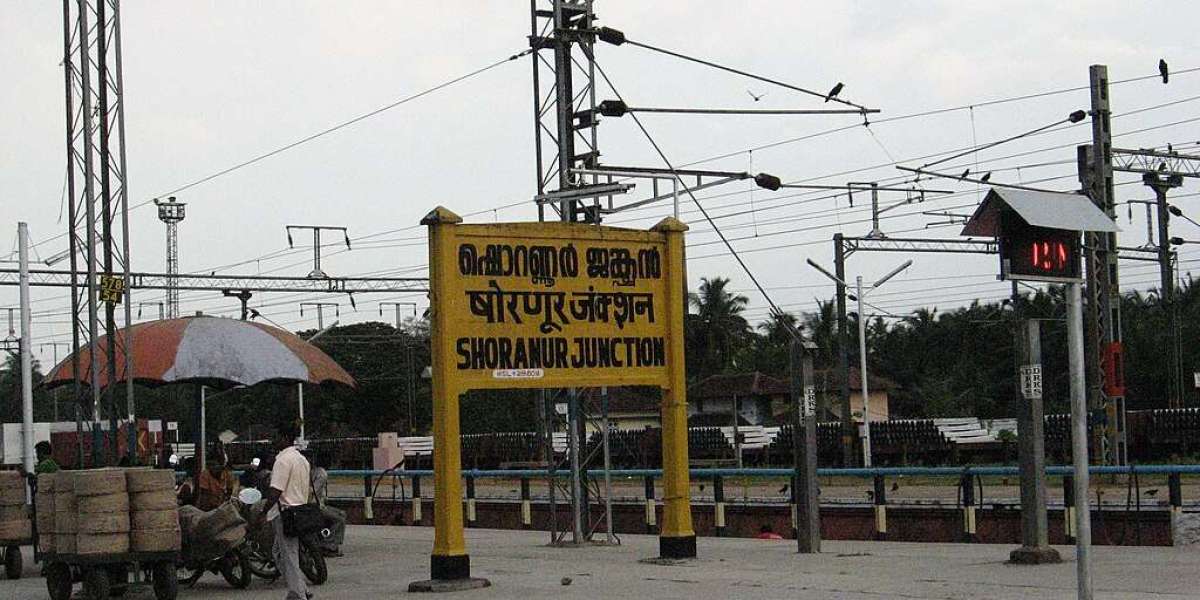Polling Stations & Electoral Access
In 2021, Shornur had approximately 208 polling stations, up from 149 in 2016. These booths span
institution buildings—LP/UP schools, high schools, vocational schools, madrassas—across wards like
Marayamangalam, Cherpulassery, Mavundirikadavu, Nellaya, Vaniyamkulam and more . Sharp voter
engagement with ~76.6% turnout reflects strong civic mobilization.
Demographics & Terrain
Shoranur town has a population of ~43,500 (2011), projected to 60,000 by 2025, with a sex ratio of
1,097 and high literacy (~95%). The constituency is about 83% Hindu, followed by ~13% Muslim and
~4% Christian. It transitions from urban municipality to fertile riverine panchayats with agrarian
landscapes.
Livelihood & Economic Patterns
Agriculture: Paddy, coconut, banana, and spice farms prevail in Nellaya, Vellinezhi, and
Thrikkadeeri panchayats.
Remittances (NRI income): A meaningful segment of households benefits from Gulf
migration, boosting consumption and local investment.
Trade & small enterprises: Cherpulassery town, Shoranur junction, and Nellaya host spice
traders, timber vendors, eateries, and service shops serving rail-worker traffic and local
commerce.
Public services & education: Shoranur Junction, the largest railway station in Kerala,
generates jobs through transport services, while institutions like Vishnu Ayurveda College
and polytechnics offer employment.
There is no significant blue economy, as the constituency lies inland.
Economic Strata
Most residents are in the middle-income bracket, supported by agriculture, remittances, and small
trade. A smaller group—landowners, entrepreneurship families, railway employees, and NRI-
returnees—reside in the higher-income tier. A modest portion, including landless laborers and
smallholders, live below the poverty line, though high literacy and social-welfare schemes alleviate
deeper hardship.
Recent Development Highlights
Poll infrastructure enhancement: Expansion to 208 polling booths improved voter
convenience across rural panchayats and urban wards.
Railway modernization: The Nilambur–Shoranur line has been fully electrified, supporting
eco-sensitive rail traffic and reducing travel time.
Educational and health infrastructure: Public and vocational institutions in Shoranur are
being upgraded; ayurvedic and polytechnic centers have seen renovation and extension.
Road and community development: Local roads linking Cherpulassery, Vaniyamkulam,
Nellaya, and Shoranur are undergoing resurfacing. Community halls, sanitation projects, and
livelihood programmes in panchayats are being implemented under Palakkad district
schemes.
Shornur Assembly Constituency blends historic rail connectivity, fertile agricultural lands, and
riverine cultural landscapes. Anchored by remittance-supported middle-class stability and small-
scale trade, it is evolving with infrastructure upgrades in rail, polling access, education, and
community services. With strong civic awareness and improving public assets, Shornur is steadily
progressing toward inclusive growth rooted in its agrarian and transport heritage.








